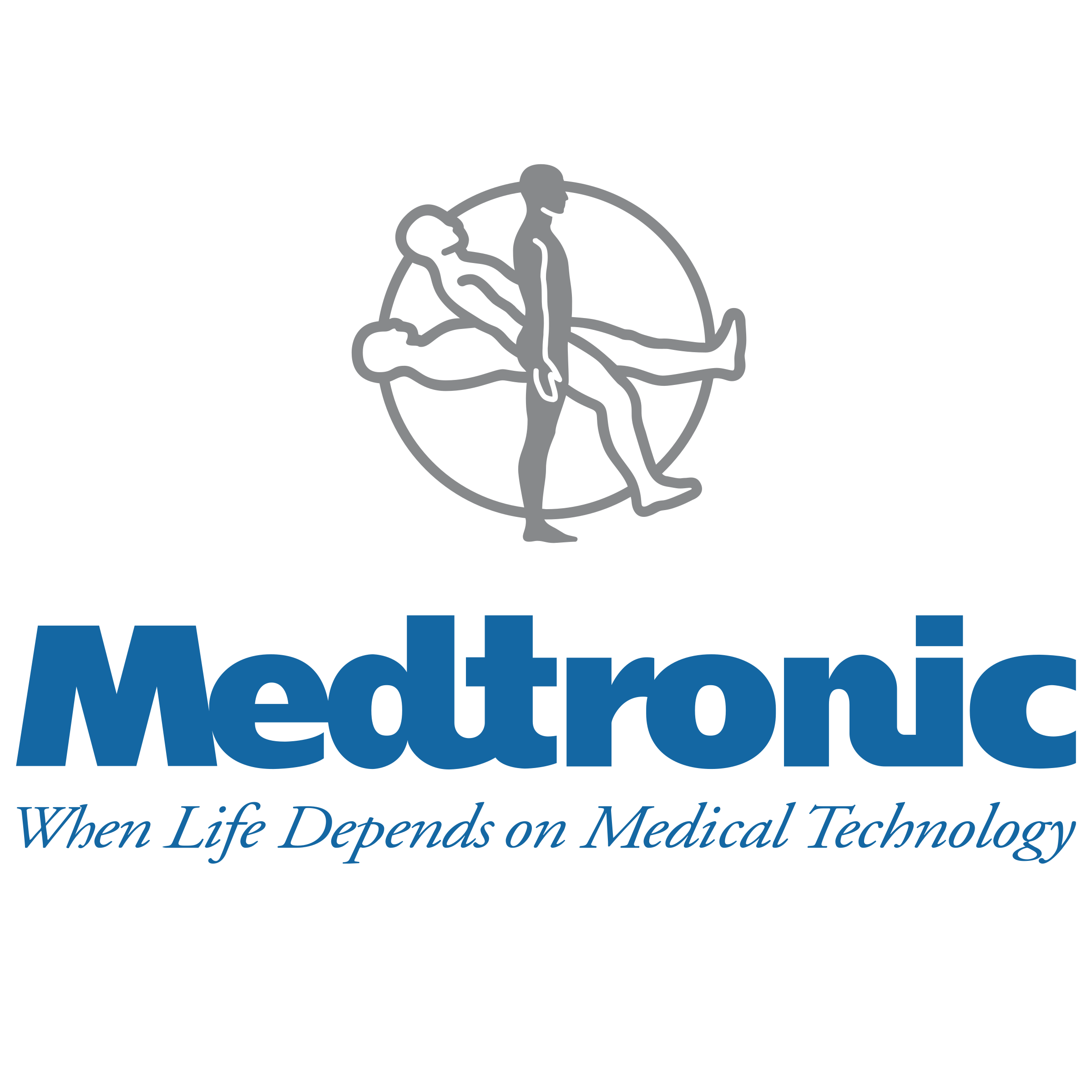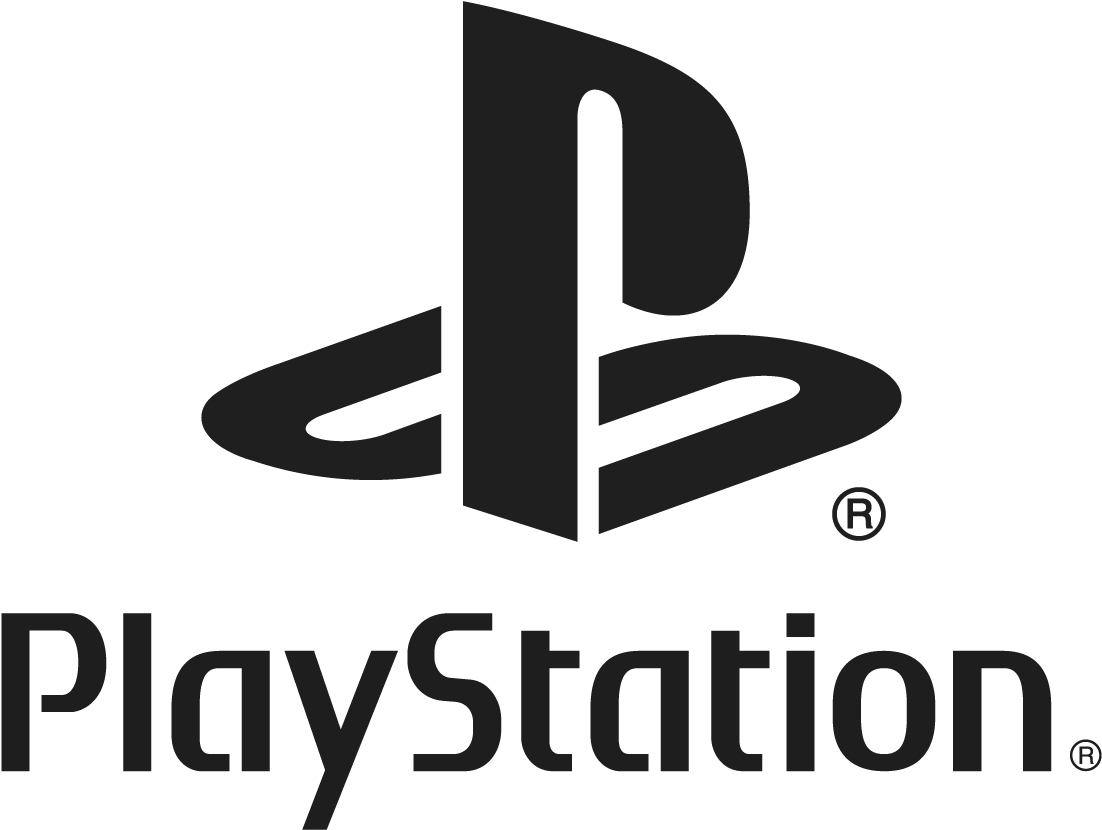Machine Translation
Are you looking for a first-class, fully automated machine translation solution to support professional human translators in order to translate a large volume of content fast with a reduced cost? Then definitely The Translation Gate is the correct stop. We’re a leader in neural machine translation services that deliver the highest linguistic quality at a low cost in over 260 languages.
Combine the speed and efficiency of MT with the brainpower of The Translation Gate, and the result is definitely the best of both accuracy and efficiency, for a reasonable price.
Request A Free Quote
Our Clients
More than 10K+ Satisfied Clients








Need Help Translating your Business Documents?
What is machine translation (MT)?
You may know what machine translation technology is if you are familiar with the translation and localization field. Machine translation (MT) technology is the process of using automated software that translates text without human involvement. Of course, it offers an enormous set of benefits such as saving time and money.
Although machine translation saves time and money, there is a huge problem that most product managers, translators, reviewers, and marketers face, which is assessing which type of machine translation that suits the best for their needs and knowing what is the best machine translation.
How does machine translation work?
How to machine translate? As previously mentioned, machine translation (MT) is automated, which means the translation of a text by a computer without any human interference. Simply, by using a computer software to translate text from one language to another language.
At The Translation Gate, we place the linguist at the center of our approach to machine translation to increase quality and provide them with adaptive neural machine translation to aid their productivity.
Looking forward to knowing more about Machine Translation Services?
Contact us now to know more about machine translation types!
What is the machine translation role?
In any normal traditional translation project, most of the clients ask us to do TEP which is “Translation, Editing and Proofreading” by 100% native human translators. However, for the same project, if we ran machine translation; we would do only translation! That’s all that the tool can do. It still needs to be reviewed and checked by professional language experts.
The point is, that machine translation is only a tool. A tool that is developed in order to help the translators and marketers to achieve their target in a shorter time. It has never been a replacement for the older system of translation. However, it is an enhancement.
Whatever the way you choose, the end client must have top-notch translation quality taking into consideration the terminology and style. This is why machine translation engines require them as input.
Although things may appear complicated, still machine translation popped up with powerful benefits that the world must consider.
In addition to generating savings, machine translation could strongly cover an enormous volume of content that needs to be translated in a very short time. In other words, the daily output of normal human translation shall never be compared with machine translation.
That’s why machine translation consolidation into the localization strategy is a must now.
What are the types of machine translation?
There are four types of machine translation:
- Statistical Machine Translation (SMT)
- Rule-based Machine Translation (RBMT)
- Hybrid Machine Translation (HMT)
- Neural Machine Translation
Statistical Machine Translation (SMT)
From its name, SMT refers to statistical models. SMT uses computer algorithms and are calculated upon the analysis of large volumes of bilingual text aiming to find out the correspondence between one word from the source languages against the target language.
SMT is considered great for normal basic translation. However, its disadvantage is that it doesn’t factor in context. In other words, the resulted translation can be erroneous and have quality issues that needs human intervention to correct or MTPE, check it out!
Rule-based Machine Translation (RBMT)
RBMT, on contrary, translated based on grammatical rules developed by language experts and programmers. Those individuals reference general grammar rules, dictionaries in both languages in order to create a library of translation rules that we start, it deliver the relevant translations of the source text in the preferred target language.
Over time, this manually build library of lexicons can be adjusted and updated to reach a better and better quality.
Hybrid Machine Translation (HMT)
HMT, is a mix of RBMT and SMT. It uses a translation memory, making it of course more successful regarding quality. However, it still needs editing by and human translators. There are several approaches to HMT like multi-engine, statistical rule generation, multi-pass, and confidence-based.
Neural Machine Translation
NMT is a fully-automated translation technology that uses neural networks and AI, sometimes it is combined with statistical MT methods to get the best results. It’s one of the most highly complicated MTs, yet also one of the most effective.
NMT provides more accurate translation by accounting the context in which a word is used, rather than just translating each individual word on its own.
Machine Translation vs. Human Translation
If you’re looking forward to translating all your digital content into other languages, machine translation presents itself as an easy and fast solution. From the machine translation advantages:
- Low Cost
- Ability to retrain MT into customized workflows & strings
- Scalability
- Adaptable, programmable, and developer-friendly
- High Speed
- Reduced time to market due to faster translation
Choosing between machine translation or human-powered translation? Why not both?
When you combine the speed and efficiency of machine translation with the actual brainpower and expertise of human translators for post-editing, the result is definitely the best of both accuracy and efficiency, for a reasonable price.
The Translation Gate complements our machine translation offerings with MTPE so our professional human translators edit the MT results for translation quality that is better than ever. Know more about MTPE from here.
Why Choose Us?
24/7 Customer Service
We offer a dedicated Project Manager Support and assistance via email, phone and chat, working around the clock to provide the best, fastest service.
Efficiency
With 16,000+ certified translators working across all major time zones, we can comfortably keep pace with your content needs, no matter the volume.
On-Time Delivery
We provide the finest performance levels in the industry, and our workflow is optimized to guarantee over 98% of on-time deliveries.
Guaranteed Quality
Even though your translations are made quickly, accuracy is guaranteed through our rigorous control process.
Need Help?
Frequently Asked Questions
Choose a Translation Partner That Helps You Reach The Global Market.
Neural machine translation (NMT) is an algorithm that gains knowledge from previously translated texts written by humans. Fluency, morphological agreement (the structure of words and word components), as well as word context and meaning, are all improved by NMT. NMT is yet another advancement in the development of MT’s intelligence by utilizing powerful deep learning technologies.
Machine translation works by executing content through computer software based on a variety of algorithms, including neural networks. The software reads and analyzes the content and creates translations.
Whether you need machine translation to quickly understand a document or the entire product catalog, we offer a variety of MT services for any business use case.
The most basic levels include raw (pure) machine translation without human involvement. This can be done with one of our popular off-the-shelf engines, or with a customized engine using previously translated content.
If a professional translator needs a human touch, our light post-editing service will leave the final translation grammatically correct, while the full post-editing service will be a standard human translation. Use the expected style, flow, and term accuracy.
Our unique neural machine translation engine can support over 100 language pairs, and third-party providers can support even more language pairs.
Machine translation can theoretically be used with any combination of languages, but not all languages are equally suitable for MT. Factors such as grammatical complexity and the availability of large amounts of high-quality linguistic data mean that the amount of savings that MT can achieve depends on the language.
Several metrics are available for evaluating MT quality, each of which can be adapted to different use cases.
The metrics we use most frequently are post-editing and we also make extensive use of subjective linguistic feedback from our team of professional translators and subject matter experts.
Machine translation can be used for different applications in different industries. It usually works well with highly structured technical content, but it can also be applied to more creative content. Common applications include content created by life sciences clinical research institutes, legal and financial groups, hospitality and travel agencies, retail and e-commerce companies, software makers, and even the media.
The main benefits of machine translation include cost savings, faster turnaround times, and the ability to handle large amounts of work. In addition, MT-powered workflows help ensure high-quality translations by capturing brand or company-specific styles, tones, and terminology and implementing them in the source.
On average, machine translation can reduce costs associated with traditional human-only workflows by 30% and reduce travel time by up to 50%. These numbers may vary depending on the language pair, content type, and subject.
